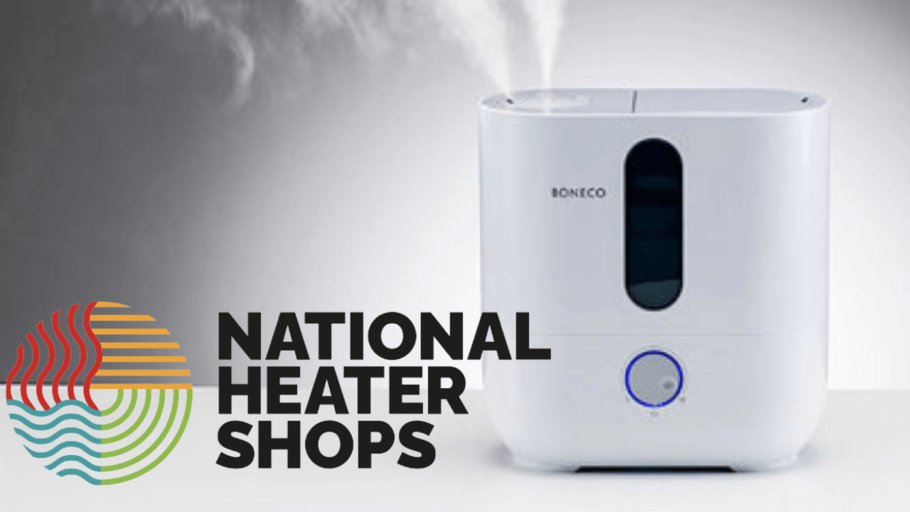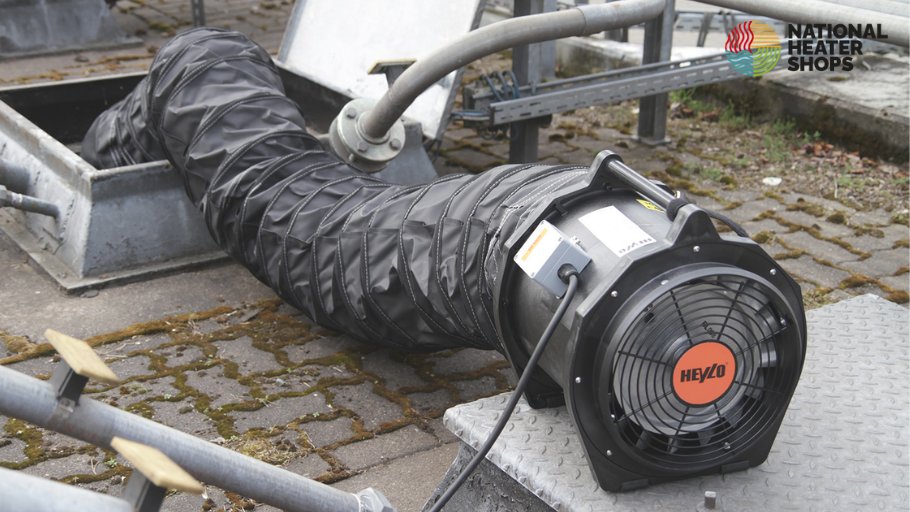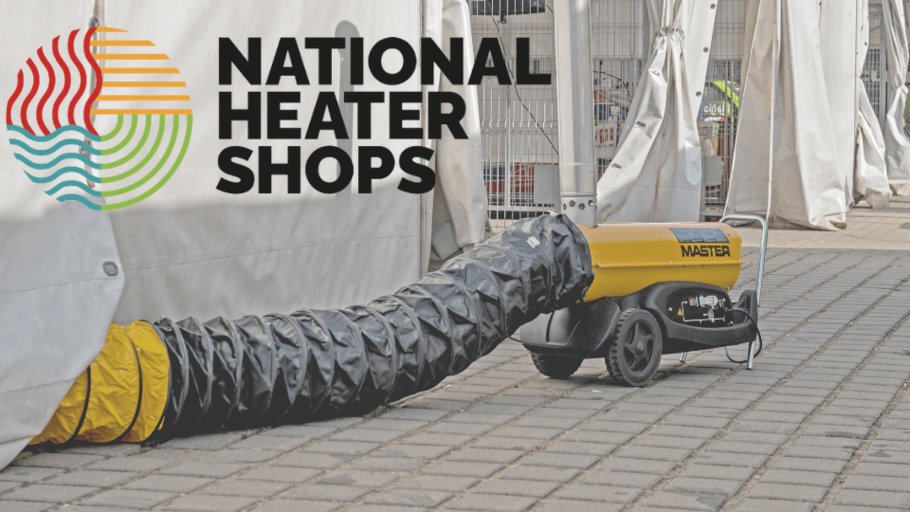WHY DEHUMIDIFICATION IS A NECESSITY FOR HEALTHY BUSINESS
Excessive moisture in the air can present several problems. Those prone to respiratory and allergen irritation face suffering airborne pollutants in moist atmospheres; wood, wallpaper and furniture can succumb to mould and rot. If left untreated, extreme humidity can present threats to electrical systems and whole building structures.
Dehumidification not only prevents damage and destruction but is highly convenient for business. The replacement of unwanted moisture by warming dry air awards an efficient and alternative drying solution for wet uniforms and surfaces.
SIGNIFIERS OF HIGH HUMIDITY LEVELS:
- General dampness and condensation on surfaces and windows
- Visible mildew and mould
- Watermarks evident on walls or ceilings
- Poor ventilation and an unpleasant, stuffy atmosphere
- Musty or stale odour present
WHY ENERGY SAVING IS IMPORTANT
The simple solution: conserving energy lessens the need for more.
With the rising cost of electricity, investing in energy efficiency will reap noticeable financial returns for your business. Equally, conserving energy aids the economy by reducing living costs and slashing energy prices. Benefit your company and the wider community by decreasing your energy usage, which in turn will soften environmental impact.
In an ever-changing climate, it is critical that we do our best to protect plants, animals and natural resources that are all affected by our excessive energy usage. Energy conservation is a step towards confronting climate change.
Consider the recommendations offered below to remain both economically and environmentally conscious, helping to lower your carbon footprint.
WHAT FACTORS EFFECT ENERGY-EFFICIENCY?
USAGE PATTERNS
Ensuring that your dehumidifier is operating sustainably will improve energy efficiency and consequently cut costly bills. This can be achieved by presetting your dehumidifier to turn on at your ideal humidity level by using the integrated humidistat.
Establish the ideal humidity level you wish to sustain for your space. The recommended operating range is between 40-50% relative humidity (RH). As a result, the dehumidifier will only run when necessary, saving energy and money whilst maintaining healthy air-quality.
Allowing your unit to run for the recommended time (at least 12 hours) will assure that you achieve ultimate dehumidification. Improper usage will lessen the efficiency of your dehumidifier and you will not receive the maximum benefits of your appliance.
REGULAR MAINTENANCE
Taking care of any appliance plays a huge role in its performance, this is especially true for any unit that deals with environmental factors. Air flowing into the unit often carries dirt, dust and dander that clings to internal components – encouraging bacterial growth which negatively impacts your air quality.
So, cleaning your dehumidifier will not only improve efficiency but can lengthen the lifespan of your unit, saving you costly future repair and replacement fees.
Thoroughly clean your dehumidifier, including vents, coils and water tanks. Establish a method of continuous drainage to maximise effect. Check for clogged filters which may be limiting the performance of the dehumidifier and, as necessary, replace older filters to ensure optimum functionality.
SIZE & PLACEMENT
Choosing the correctly sized unit for your space is an additional factor that impacts costs and energy consumption. A small room only requires a small unit, otherwise the dehumidifier will be working harder than necessary, exhausting excessive amounts of energy.
Placement is equally as important for performance. Create at least 12 inches of free space surrounding the air vents to enable sufficient circulation. For larger, open spaces such as warehouses and factories, dehumidifiers work best when placed as near as possible to the source of damp. If the dehumidifier is placed too far away, the unit will run regardless but will not work efficiently.
ENVIRONMENTAL EFFECTS
Consider the circumstances in which your dehumidifier is operating. Open doors and windows will enable humid airflow, causing the dehumidifier to work harder than necessary. Disable any overhead exhaust fans that may be impacting the function of your dehumidifier.
THE MOST ENERGY-EFFICIENT DEHUMIDIFIER TYPE
Desiccant models are designed to absorb litres of moisture extracted from the air, then heating the collected air before releasing it back into the atmosphere. Not only do desiccant dehumidifier achieve this with lower consumption, but it can also function as an alternative heating method – offering a cost-effective and environmentally conscious alternative to traditional heating solutions.





